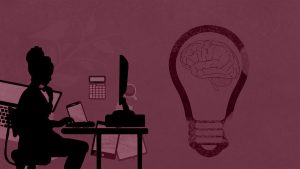1 Definition of Disability
Definition of Disability – Ontario Human Rights Code – Section 10

Defining disability is a complex, evolving matter. The term “disability” covers a broad range and degree of conditions. A disability may have been present at birth, caused by an accident, or developed over time. Section 10 of the Code defines “disability” as:
- any degree of physical disability, infirmity, malformation or disfigurement that is caused by bodily injury, birth defect or illness and, without limiting the generality of the foregoing, includes diabetes mellitus, epilepsy, a brain injury, any degree of paralysis, amputation, lack of physical co-ordination, blindness or visual impediment, deafness or hearing impediment, muteness or speech impediment, or physical reliance on a guide dog or other animal or on a wheelchair or other remedial appliance or device,
- a condition of mental impairment or a developmental disability,
- a learning disability, or a dysfunction in one or more of the processes involved in understanding or using symbols or spoken language,
- a mental disorder, or
- an injury or disability for which benefits were claimed or received under the insurance plan established under the Workplace Safety and Insurance Act, 1997.
Note: this is not an exhaustive list
The Ontario Human Rights Code is designed to remove barriers. The Code aligns with the Social Model of Disability which views disability as a problem of society that has caused barriers that exclude or limit equitable access to services others enjoy. Academic accommodations are provided to remove learning barriers and provides the student with equitable opportunities to learn within their program of study.

It is important to note that there continues to be a societal tension between the Social Model of Disability and the Medical Model of Disability. The medical model views the disability as a problem with the person which is caused by their impairment or differences. This view identifies what is wrong with the person and focus is on fixing or curing the individual.
For example) a student who is legally blind needs to be able to read their textbook, class notes, and tests. Under the medical model of disability very little can be done if anything to fix or cure the problem. Under a social model of disability, the student can be provided with assistive technology to hear the words in the book, notes or test.
The process for Students with disabilities who receive academic accommodations is a strength based process which aligns their functional limitations with a specific accommodation to provide equitable opportunities in their academic studies.
Post-secondary institutions are considered a service under the Code. This means it is deemed a public space, just as is a grocery store, pharmacy, or a restaurant. Students attending post secondary is by choice and are considered public institutions.
This differs from high schools and elementary schools. Children are required by law to attend school, and they are not open to the public. Access is restricted.
Question: Defining a Disability
